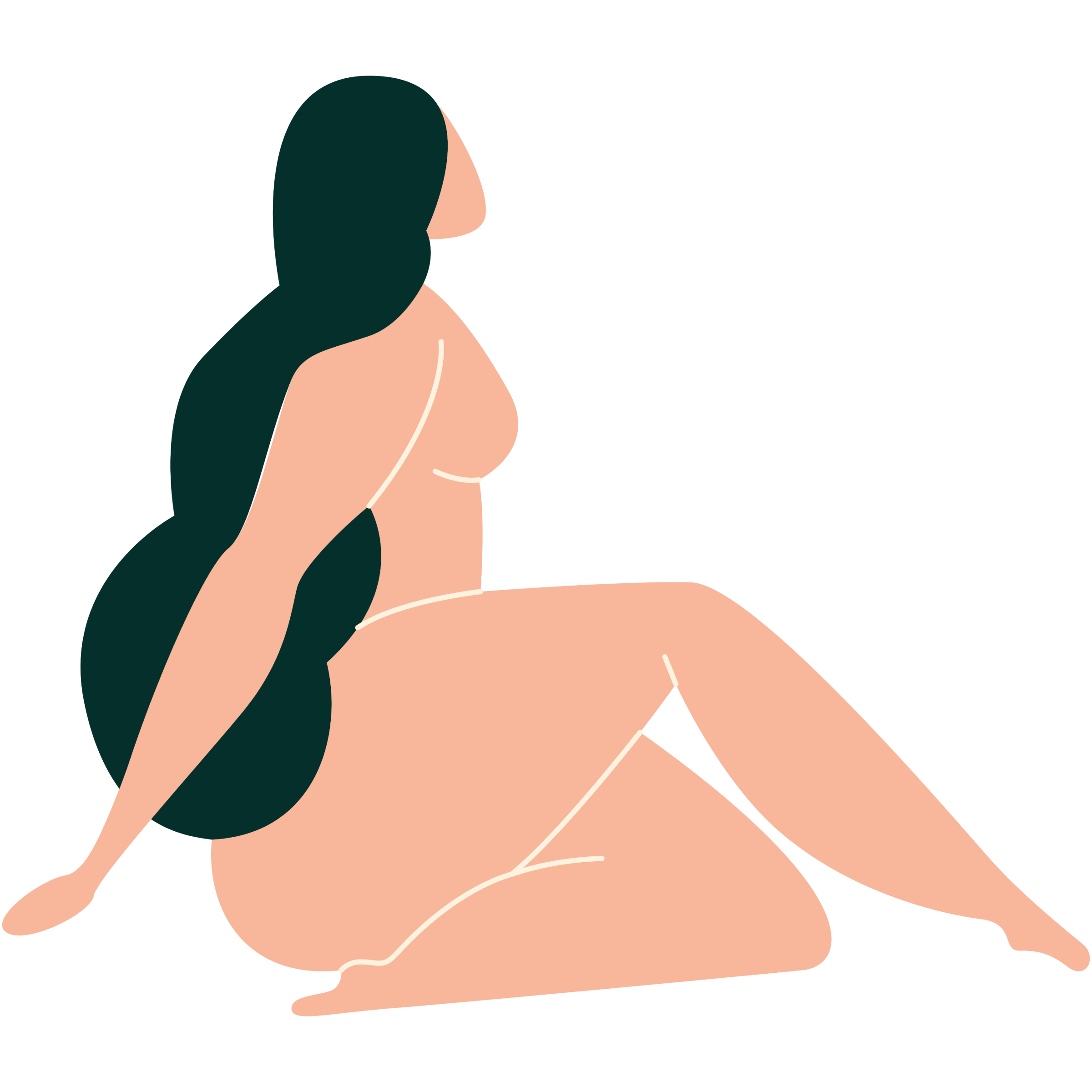
Body
Get to know your body through a better understanding of your anatomy and find the answers to some of your most common questions.

Safe sex, whether with a long-term partner or a new encounter, necessitates a vital first step—understanding your options for contraceptives. Familiarizing yourself with the various methods available, including the hormonal IUD, will help you find one that aligns with your unique body, personal needs, and lifestyle circumstances.
Here, we’re taking a closer look at the hormonal IUD, a small, flexible plastic device, shaped like a T, that is inserted by a healthcare professional through the vagina and up past the cervix into the uterus. The IUD is attached to a thread that hangs into your vaginal canal.
You probably can guess––hormones! Hormonal IUDs release low levels of the hormone progestin (very similar to the hormone progesterone that our bodies make naturally) to prevent egg fertilization, unlike non-hormonal IUDs that have copper which transform the uterus into a hostile environment for sperm.
Hormone-releasing IUDs should be removed and replaced every 3-10 years, depending on the brand. You should always consult your doctor to decide if an IUD is the right choice for you.
Like every contraceptive, it offers both pros and cons.
If you're not looking to get pregnant, a contraceptive method is always better than none. It's just about finding the one that works for you, your lifestyle, and your body. Get informed about your contraceptive options and make the decision of what's best for you, based on your body, lifestyle, priorities, and choices.
Disclaimer: If you're thinking of starting hormonal contraception or are concerned about the impact it's having on your body, consult a gynecologist.
Did you find the answer you were looking for? Is there something we missed? What did you think of this resource? We want to hear from you.
